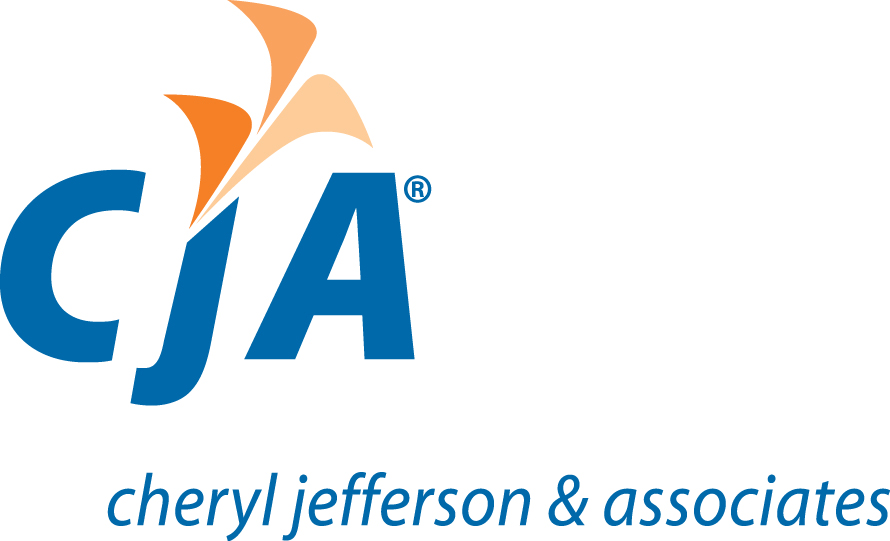Financial data by itself may not give the complete picture about a company’s performance and financial wellbeing. It is difficult to evaluate standalone numbers without comparing them to certain norms and standards. Ratios provide a set of standardized parameters which can be compared across companies. Ratios of a company can be evaluated against industry benchmarks to know the relative position of that company against its peers.
Financial ratios can be grouped into three categories: profitability, efficiency, and liquidity. In this first blog of a 3-part series, I will be covering ratios related to profitability.
Gross profit to sales
This ratio presents the gross profit as a percentage of total operating revenue (or sales) of the company. Gross profit is arrived at by deducting costs incurred for rendering the goods or services from revenue. The ratio provides gross profit on the products and services sold by the company, and is an indicator of the pricing power the company enjoys.
Gross Profit % = (Revenue-COGS) / Revenue
Gross Profit % = (2000-1200) / 2000 = 40%
Where: COGS = Cost of Goods Sold
Operating profit to sales
The ratio presents the operating profits as a percentage of operating revenues. Operating profits are profits before interest and taxes also known as EBIT (earnings before income taxes). Thus, the operating income gives an idea of how much money was being spent on overhead and G&A (general & administrative) expenses. Decline in operating profits shows that the company is spending too much money on overhead and G&A and thus can take necessary precautions to reduce expenses for the future. Overhead and G&A are typical fixed cost that do not necessarily fluctuate as production increases or decreases. The operating profit also gives a broad idea about the efficiency of the company as well.
Operating Profit % = EBIT / Revenue
Operating Profit % = 500 / 2000 = 25%
Net profit to sales
The Net Profit to sales ratio represents the after-tax profits to net sales. It reveals the remaining profit after all costs of production, administration, an financing have been deducted from sales, and income taxes recognized.
Net Profit Ratio = (Net Profit/ Net Sales) x 100
Net Profit Ratio = (EBIT / Revenue) x 100
Net Profit Ratio = (400 /2000) x 100 = 20%
Return on assets
Return on assets, also called return on investments, measures the net income before interest as a percentage of total assets. Interest expenses are added back to the net income while calculating this ratio. The ratio is an indicator of the efficiency in using the assets and can be used by an investor or a company to evaluate if the company is turning a profit relative to their assets. If the return on assets is lower than the average cost of funds (the interest rate paid by the company for the funds that they deploy in their business), then the company is not doing a good enough job in earning profits for the assets invested in business. It is important for an investor to consider that a company’s return on assets can vary depending on which industry the company does business in. A particular company may provide a product that requires additional assets to manufacture that product, relative to another industry.
Return on Assets = Net Income
Average Total Assets
Total Assets between June 1st, and June 30th 2013 = $2,132,000 and $2,434,000
Net Income earned year ended June 30th = $213,000
Average Total Asset = ($2,132,000+$2,434,000)/2 = $2,283,000
Return on Assets = $213,000/$2,283,000 = 0.09 or 9%
Return on net worth
Also called return on shareholders’ funds or return on equity, return on net worth measures a company’s profitability by revealing how much profit a company generates with the funds shareholders have invested. The ratio is calculated as net income divided by shareholders’ funds. Shareholders’ funds include share capital, reserves and retained earnings belonging to the shareholders. The ratio is useful for comparing the profitability of a company to that of other firms in the same industry.
Return on net worth = Net Income
Shareholders Equity
Net Income = $ 500,000
Shareholders Equity = $ 900,000
Return on net worth = $500,000/ $900,000 = 55%
Return on capital employed
This ratio measures a company’s profitability and the efficiency with which its capital is employed.
The ratio is calculated by dividing EBIT by long term funds used (borrowed and invested). Long term funds used can also be calculated by deducting current liabilities from total assets. The ratio is a useful metric for comparing profitability across companies based on the amount of capital they use. A higher ratio indicates more efficient use of capital. Return on capital should always be higher than the company’s capital cost; otherwise it indicates that the company is not employing its capital effectively and is not generating shareholder value.
Return on capital employed = EBIT / Capital Employed
Capital Employed = Total Assets – Current Liabilities
Also calculated as:
Return on capital employed = Net Operating Profit
Total Assets – Current Liabilities
Net Operating Profit = $100,000
Total Assets = $ 100,000
Current Liabilities = $25,000
Return on capital employed = $100,000
$100,000 – $25,000
Return on capital employed = 1.33
Profitability ratios tell business how they are doing on cost controls, efficient use of assets, and managing debt. It helps businesses take necessary steps to minimize debt, and implement strategies to increase profits with the use of assets more effectively and efficiently.
